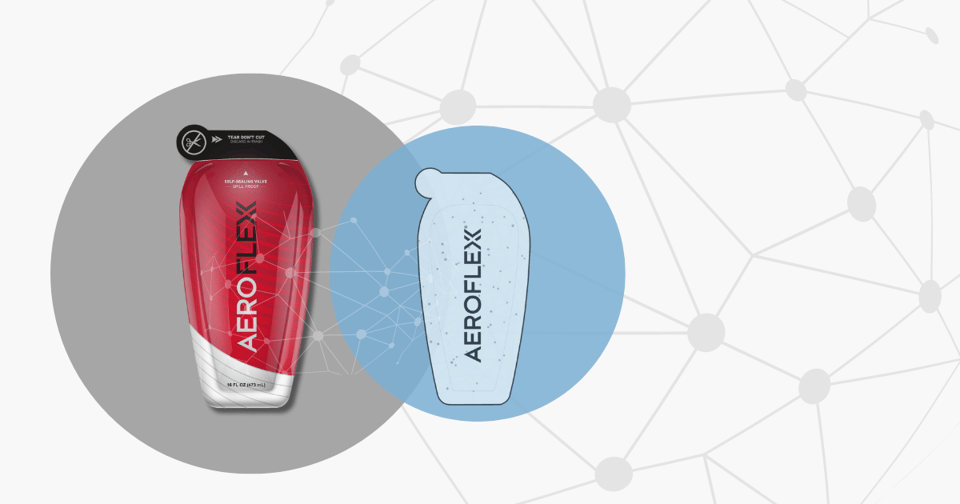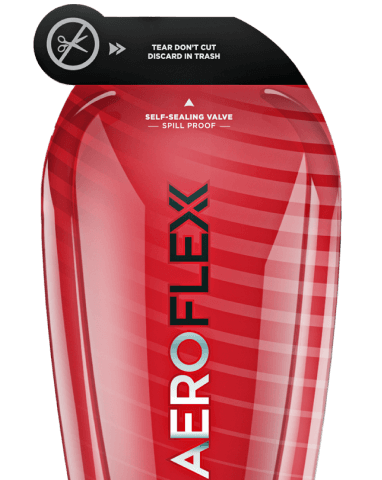Summary
In the digital age, sophisticated counterfeiters pose a serious threat to brand reputation and consumer safety, making product security a necessary first line of defense. Since e-commerce has expanded the risk, packaging must now act as a security tool by integrating advanced anti-counterfeit measures. Brands must embed features like digital watermarks and robust tamper-proofing with tracking technologies (QR codes, NFC) to verify authenticity across the entire supply chain. Innovative packaging with built-in security, such as the AeroFlexx Pak's proprietary, hermetically sealed design, is the key to ensuring products are trusted and safe from factory to consumer.
Counterfeit goods pose a growing threat to both manufacturers and consumers; this impacts a variety of industries, such as fashion, automotive, medical devices, and consumer packaged goods. When fake products end up in supply chains, they not only damage brand reputation and competitiveness but also compromise consumers' confidence, health, and safety.
In our highly digitized world, counterfeiters have become more sophisticated, but so have security measures. For instance, smart packaging solutions help brands protect their products better by tracking and verifying authenticity at every stage of a supply chain. By integrating these innovations in packaging, companies can enhance product security and safeguard consumer trust.
What Is Product Security?
Product security encompasses the measures and technologies used to protect physical goods from counterfeiting, tampering, theft, and even cyber-related risks. These measures are intended to ensure products are authentic, safe, and traceable throughout the supply chain.
While product security efforts are reliable, counterfeiters are finding new ways to challenge security measures. This is in large part due to the growth of e-commerce platforms, which have transformed how companies sell products and connect with consumers. Just consider the fact that in 2023, e-commerce accounted for over 19 percent of retail sales worldwide—and that number is only expected to grow.
One of the first lines of defense against counterfeits is packaging. Security features such as tamper-proof features and smart packaging help brands protect their products while giving consumers confidence in their products.
3 Key Features of Product Security for Packaging
Product security for packaging considers three primary categories: tracking and tracing, anti-counterfeit, and cybersecurity. Implementing these security features into your packaging and processes creates a stronger front against counterfeiters and digital threats.
1. Tracking and Tracing
Tracking and tracing packaging allows businesses to monitor the movement of goods throughout the supply chain, identify security risks, and take quick action if a product is compromised.
A few of the most effective and popular tracking and tracing measures used today include:
- QR codes: Scannable codes containing specific information that confirms the authenticity of a package.
- Near-field communication (NFC) technology: Chips that are embedded into the packaging to communicate with a manufacturer through a platform accessible by smartphone or computer.
- Radio frequency indication (RFID): Smart labels containing information that helps to track, identify, and search through radio frequency.
2. Anti-Counterfeit Measures
Anti-counterfeit measures use special materials, technologies, and features to help prevent and identify counterfeited products. This helps enhance the integrity of your packaging and brand while helping to reduce lost revenue and frustrated consumers.
Brands are tapping into these anti-counterfeit measures for stronger security:
- Digital watermarks improve authentication for packaging. They are incredibly difficult to replicate, which makes it more challenging for counterfeiters to imitate your products.
- Microtagging is a covert technology that embeds microscopic tags or markers into materials so counterfeiters can't replicate or detect them without specialized equipment.
- Tamper-proof packaging is designed to counter interference with a package. If damage has been done to a package, it can’t be repaired and made to look authentic.
3. Cybersecurity
Although we think of physical goods as being unaffected by the digital world, physical goods exist in a digital ecosystem. For purposes of security and traceability, most packages these days use smart packaging solutions that connect them to devices. While this makes certain aspects more convenient, it also increases the attack surface for cybercriminals to exploit vulnerabilities.
Supply chains can also be subject to critical security issues. The supply chain relies on third-party suppliers and vendors, so a single weak link in the supply chain can compromise the entire system. A strong enough cyberattack can cause serious financial consequences and brand damage.
Product Security Starts with Innovative Packaging
Packaging isn’t only the first thing consumers see—it’s also the first line of defense against counterfeiters, which can lead to long-term loss of revenue and damage to brand identity.
With the AeroFlexx Pak, you’ll work with a packaging provider with built-in anti-counterfeit features in the design. That means the features that make the Pak convenient—hermetic sealing, self-sealing valve, and tear tabs—also keep the contents, your consumers, and your brand safe. Plus, our proprietary production process makes replication nearly impossible.
Want to learn more about how we make product security a priority? Check out our anti-counterfeit page:







